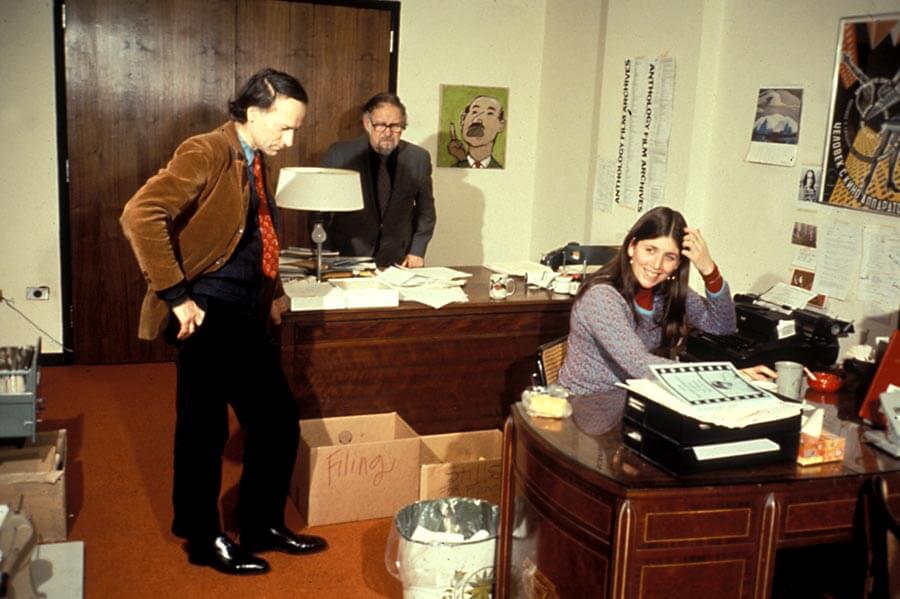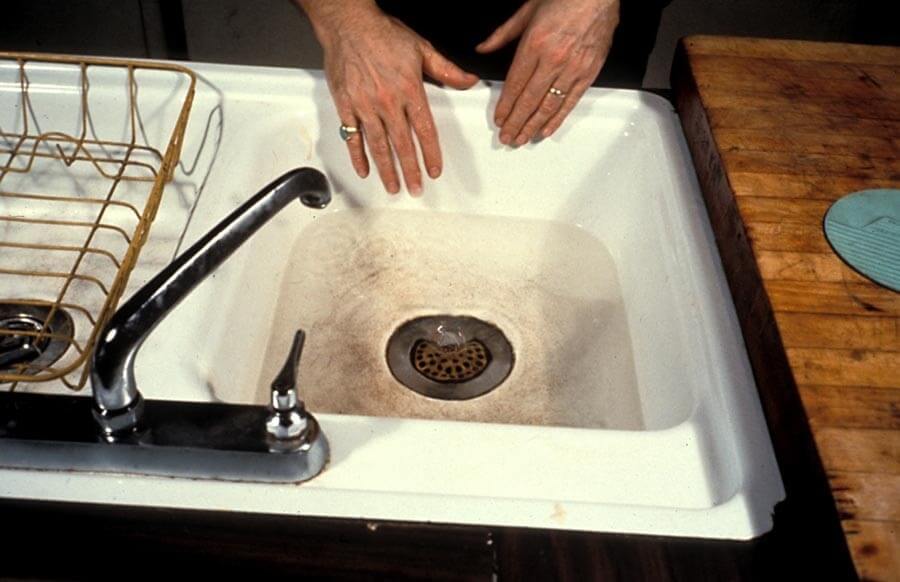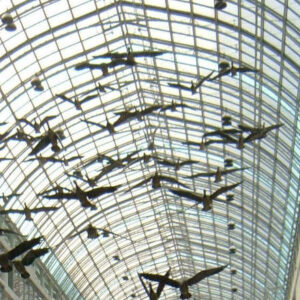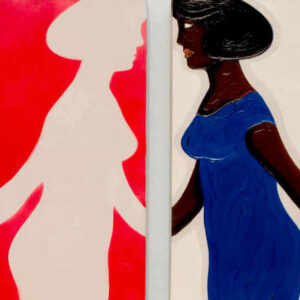Rameau’s Nephew by Diderot 1972–74

Michael Snow, Rameau’s Nephew by Diderot (Thanx to Dennis Young) by Wilma Schoen, 1972–74
16mm film, colour, sound, 270 min.
Collection of the artist
The “authentic ‘talking picture,’” as Michael Snow describes Rameau’s Nephew, is an epic treatment of the spoken word and other sounds generated by the human body that are susceptible to recording. The film is a segmented series of encounters with figures in recognizable or at least nameable settings who are conversing, reciting, reading, discoursing, or otherwise generating sound. Some of these emissions are effortful, such as tapping, whistling, or smashing. Others seem simply to emanate from the body—the best example would be farting—while still others, from the same corporeal region, need to be staged in such a way that amplifies their qualities and enables them to be recorded: a pissing duet is amplified by the use of buckets.

All manner of cinematic sound is under consideration, including voice-over and an off-screen voice giving direction. The apparent source of the sound is pictured—a speaking figure—but this is no guarantee that the voice will be in sync; the film intends to counter such common assumptions. The language of this film is primarily English, though French, Spanish, and German are also spoken, and the spoken English can be broken down into its various dialects. Intense communication is leavened by miscommunication, whether from garbled speech, pedantry, weak signals, dubbing gaps, reversals, voice-over, or secret code.
An incorrigible punster and talented writer, Snow has a fascination with, and enjoyment of, verbal play that long predates his preparations for Rameau’s Nephew. It goes back to his childhood, when his art production was the adventure cartoon. When he began to write this film, he scribbled down folksy expressions, advertising slogans, clichés, and snatches of conversation, which he translated into text and then reprocessed into scripts that are curious evidence of the oral/aural divide. He also created anagrams of the participants’ names, as well as his own, which becomes Wilma Schoen.
Rameau’s Nephew is episodic, situational, without plot or reprise. It is a long film—four and a half hours—but is cleanly divided into segments that take up various aspects of the theme. The players are mainly gifted amateurs, though Snow did engage professional actors for the so-called Fart scene, which involved learning to perform their lines backward. Elsewhere he featured already developed skills, such as the ability of the Canadian painter Dennis Burton (1933–2013) to speak “Burtonish,” a language based on English but different in its arbitrary fracturing of words and repurposing of punctuation, or his own capacity to make music at the kitchen sink.
The work is sometimes described as polyphonic in its musical sense, for at this stage in his cinematic work Snow was averse to any storytelling structure. His desire, frequently expressed, was to make image-sound compositions. Rameau’s Nephew is generally analyzed as a “talking film,” but its images—Snow’s settings and framings—are unforgettable, for their colour, if nothing else. Holding this film together, leading the viewer from scene to scene, are the extraordinary breadth of its variations on the theme and its sometimes mute comedy.

 About the Author
About the Author
 Download PDF
Download PDF
 Credits
Credits